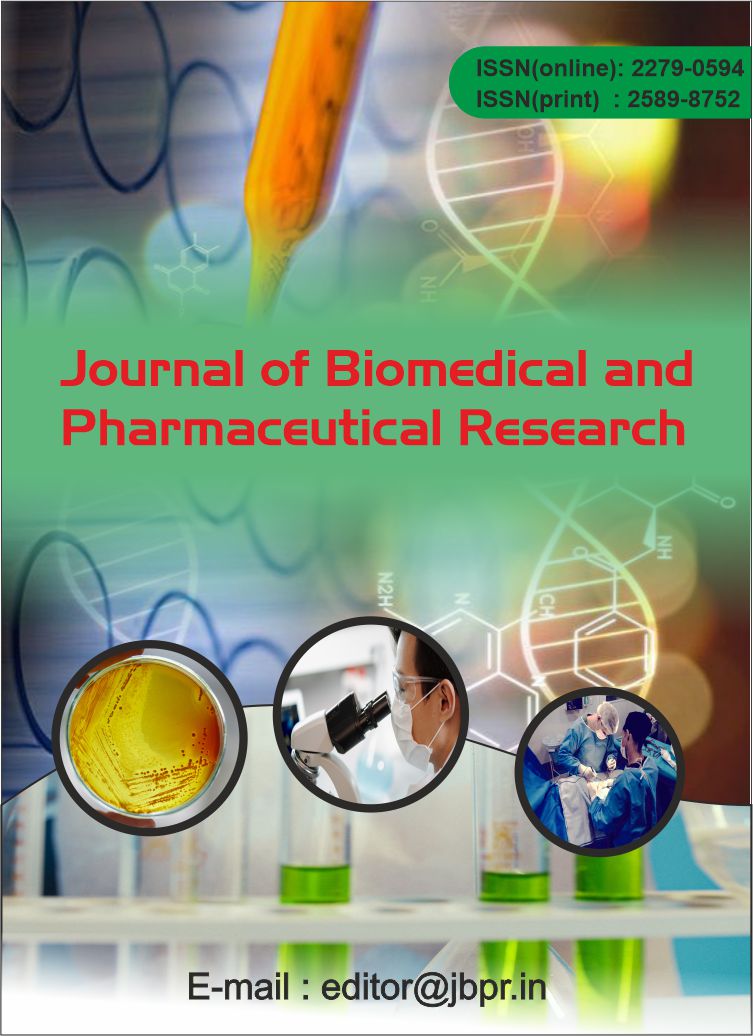Comparison of Conventional Suturing and Tissue Adhesive for Skin Closure in Inguinal Hernia Surgeries
Abstract
ackground: Inguinal hernia repair is one of the most common surgical procedures performed worldwide, with millions of cases addressed annually. The success of this surgery not only depends on the effective repair of the hernia but also on the method of skin closure, which plays a crucial role in postoperative recovery, patient satisfaction, and overall outcomes. Traditionally, conventional suturing techniques have been the standard method for skin closure in these surgeries. However, with advancements in medical materials and techniques, tissue adhesives have emerged as a viable alternative. Inguinal hernia repair is a common surgical procedure, and the choice of skin closure technique can impact postoperative outcomes. This study compares conventional suturing and tissue adhesive for skin closure in inguinal hernia surgeries to evaluate differences in wound healing, patient comfort, cosmetic outcomes, and cost.
Aim: The aim of this study is to compare the effectiveness, safety, and outcomes of conventional suturing versus tissue adhesive for skin closure in inguinal hernia surgeries. This study compares conventional suturing and tissue adhesive for skin closure in inguinal hernia surgeries to evaluate differences in wound healing, patient comfort, cosmetic outcomes, and cost.
Material and Method: This study is a prospective, randomized controlled trial designed to compare the efficacy, safety, and outcomes of conventional suturing versus tissue adhesive for skin closure in inguinal hernia surgeries. The present study was carried out in the Department of General Surgery. This study involves 50 patients undergoing open inguinal hernia surgery. Group A of 25 patient’s skin closure was done with conventional suturing and Group B of 25 patients with tissue adhesive. Key outcome measures included wound healing assessed by the Southampton Wound Assessment Scale, pain levels using the Visual Analog Scale (VAS), infection rates, cosmetic outcomes measured by the Patient and Observer Scar Assessment Scale (POSAS), operative time, and cost analysis.
![]() Journal of Biomedical and Pharmaceutical Research by Articles is licensed under a Creative Commons Attribution 4.0 International License.
Journal of Biomedical and Pharmaceutical Research by Articles is licensed under a Creative Commons Attribution 4.0 International License.





